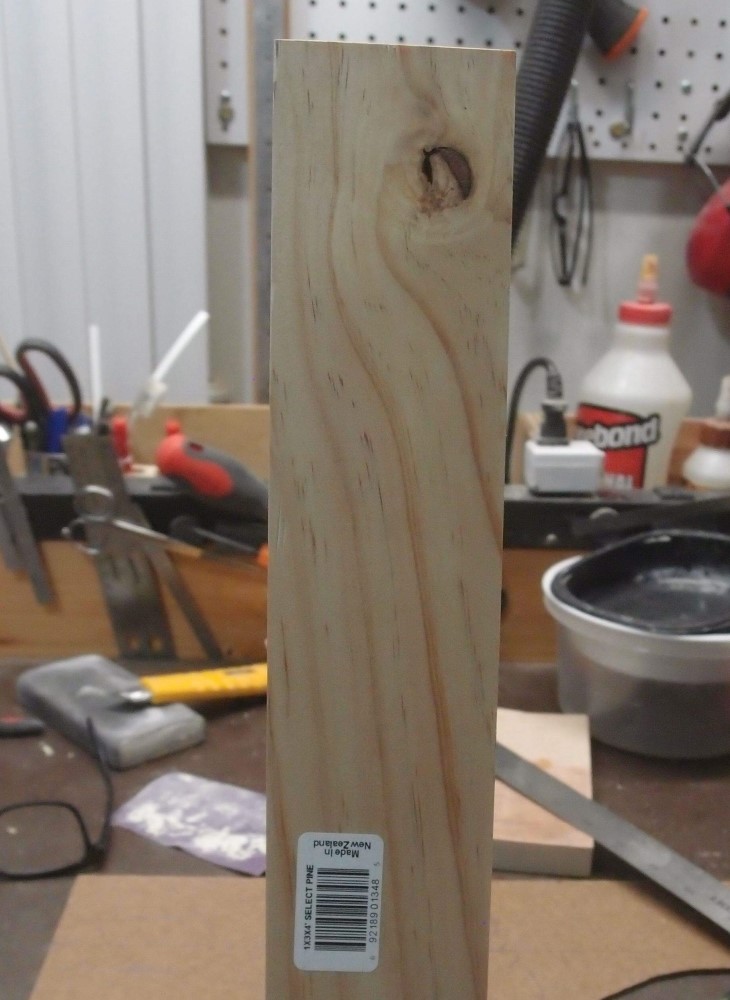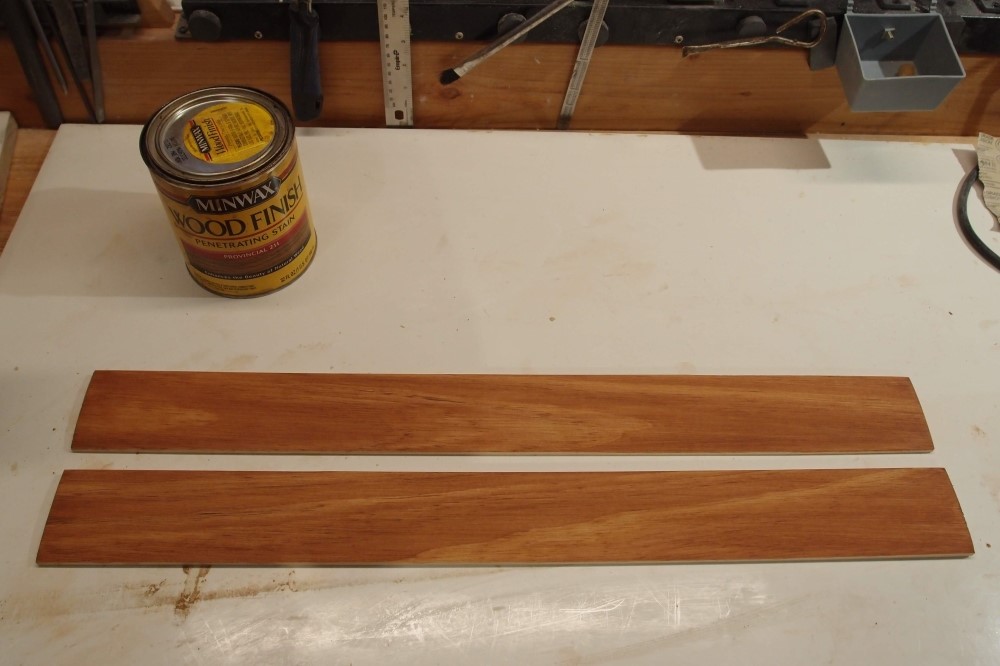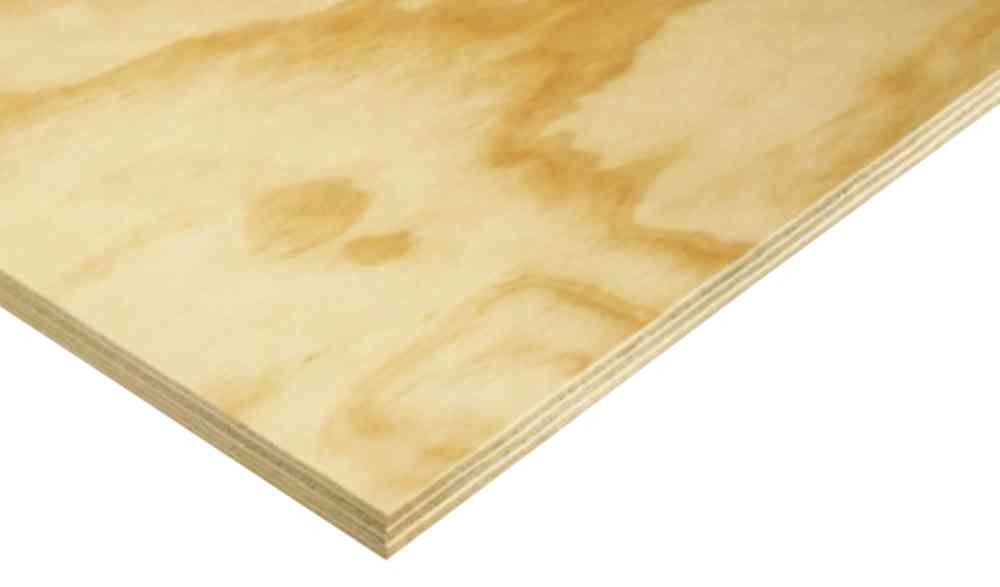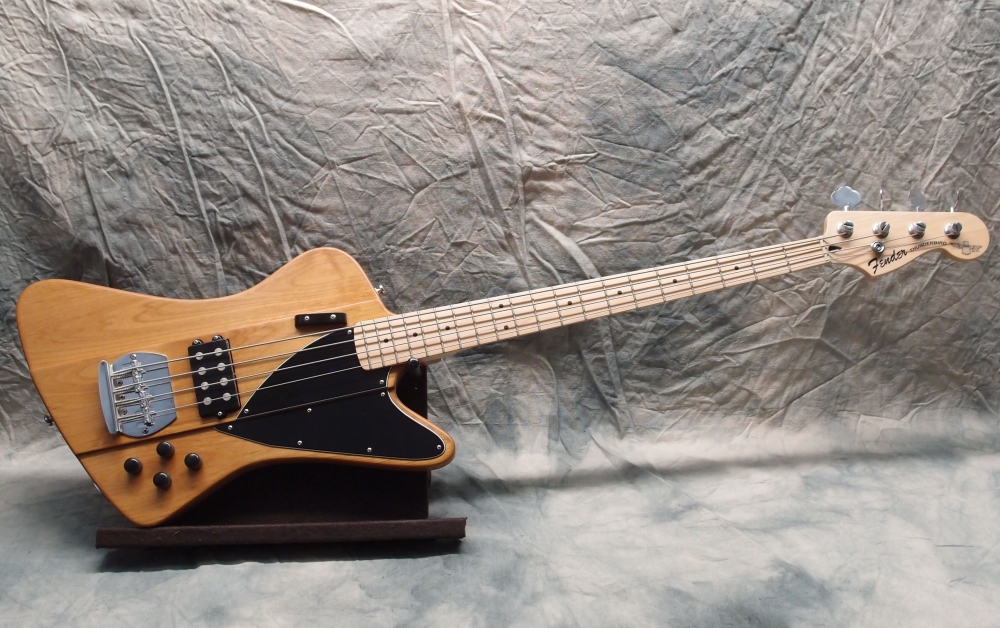Radiata Pine (2/2)
I found most pieces had a wider feathery grain on opposite sides, and a tight stripy grain on the other two, so you can mix and match and make nice patterns. On this project, I gave preference to the stripy sides. The store has six and eight-foot lengths. You'd probably get better consistency using fewer longer pieces of lumber, but I used sixes because they fit in the car easier.
You could also use 1x2s. This would be twice as much gluing and twice as many seams, but you might consider the seams as part of the design. I have no experience painting one of these, this is after all my first one! But based on general experience, I would not use a very thin finish, a thicker finish will have less chance of the seams pulling through. With my clear finish, the seams are well-disguised by the wood grain, except on the ends, which are kind of loopy, and I don't mind that at all. Finally, when laying it all out, practice 'orphan control' - avoid the little pieces at the edges as I pointed out earlier.
As far as warping goes, I think the best way to get a flat body is to glue it up in stages and dry clamp the joints for checking beforehand. If two sections result in a cup or bow, simply flip one of them and it will go away. I didn't do any of that on two bodies, and one of them came out perfect all by itself, and the other eventually worked flat. It is not a great problem, I think. Even after extra block sanding to flatten it, this body is still 1-1/2" thick, as well as I can measure it.
Don't overlook the cutting board option. It is pricy, but the teak wood makes a beautiful guitar, and you can save yourself all the gluing and sanding and mucky-muck. Also, teak is noticeably heavier, this thin pine body is extremely light; I hope it bulks-up when I install all the hardware, including half a pound of tuners. The teak body has a nice heft to it. Almost anything that is at least 1-1/2" thick can be made into an electric guitar.

This is another nice piece of Radiata from Lowes. I was looking for any figured maple and came up with nothing, and wandered over a few steps and got a bright idea.
You can tell it is Radiata by "Made in New Zealand", half the country must be covered with the stuff. "Made in New Zealand", not "Grown in New Zealand". What are those Kiwis up to down there where no one can keep an eye on them?
Anyway, I've been going on about this wood for quite some time now, and it is time to put my money where my mouth -- errr -- keyboard is -- I'm going to make a neck out of this. On paper, it is far superior to poplar in every way, and millions of necks have been made out of poplar. In fact, in terms of strength and hardness, Radiata approaches walnut and mahogany. The grain is very fine and closed and should present no problems finishing.
This wood is not much different in price from maple, which is harder and stronger by a good margin, so there is really not much reason to use it; I just want to do something different. I chose this piece for straightness and interesting grain, with little pine flecks. I may even work the knot in if I can. Knots are very rare in this wood.
Southern yellow pine is equivalent in every way. I have built a ton of furniture from that, occasionally subbing in a piece of Radiata when the lumberyard is closed.
A hundred years ago this tree was going extinct in southern California. Now it is farmed around the world. I blame global warming for everything.
The Radiata neck on the Cowbell is awesome !!! It is proving to be perfectly stable and strong. And good-looking. I found some pieces of 1/8" walnut to make more side stripes at another hobby shop; they all seem to have the same wood display, but some are better stocked than others. I'm working on another Radiata neck now.

Some test Radiata fretboards, stained to resemble Bubinga. Less than $2 each.


Questions or Inquiries?
Just want to say Hello? Sign the .